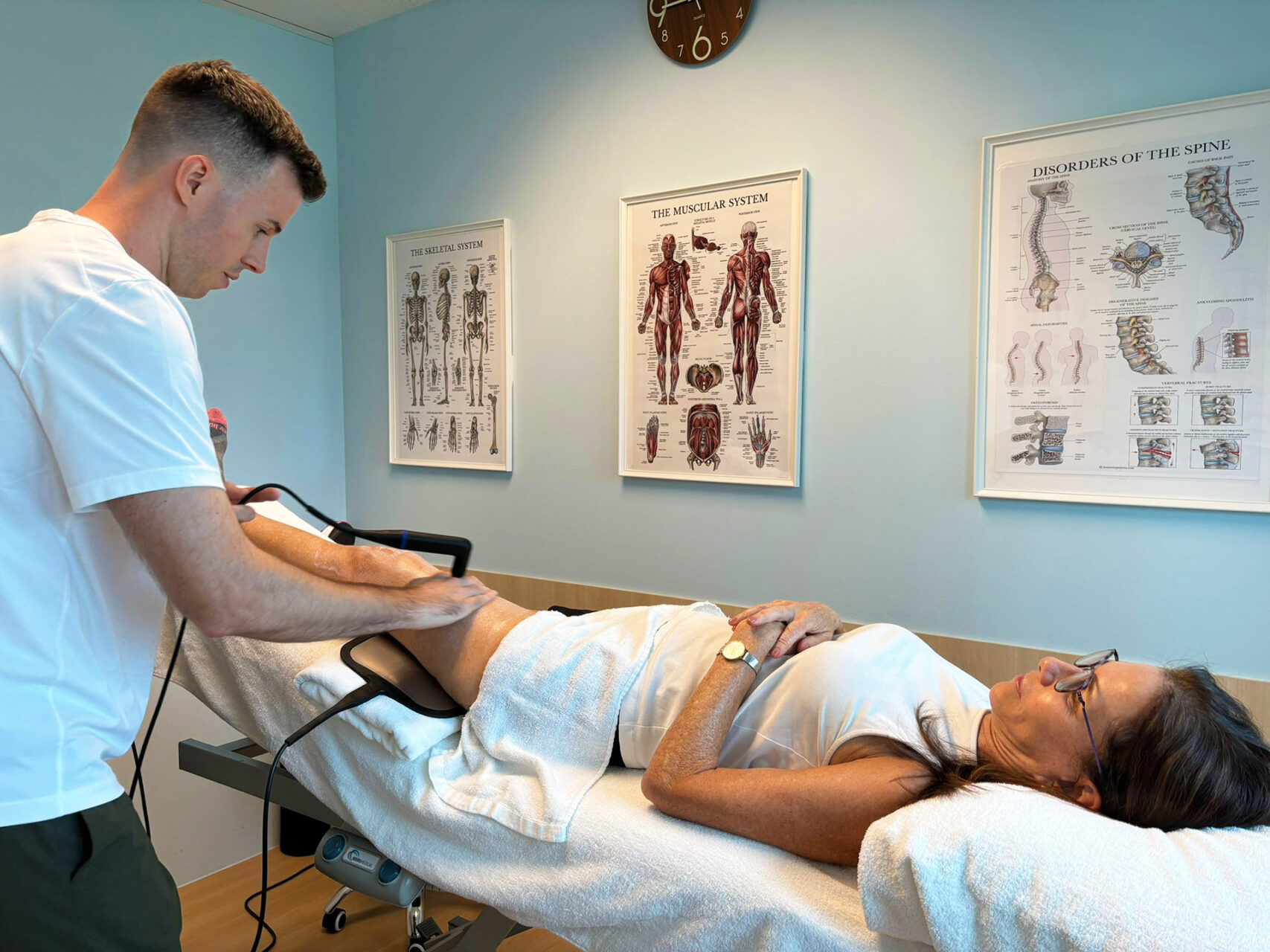Introduction to ACL Injuries
An ACL injury occurs when one of the knee’s main stabilising ligaments is stretched, or is partially torn or completely torn. As a key structure connecting the thigh bone (femur) to the shin bone (tibia), the ACL helps control knee stability, especially during pivoting, twisting and sudden changes of direction. It’s one of the major ligaments of the knee and a common injury that can severely impact mobility, making it one of the most serious knee injuries for athletes and active individuals alike.
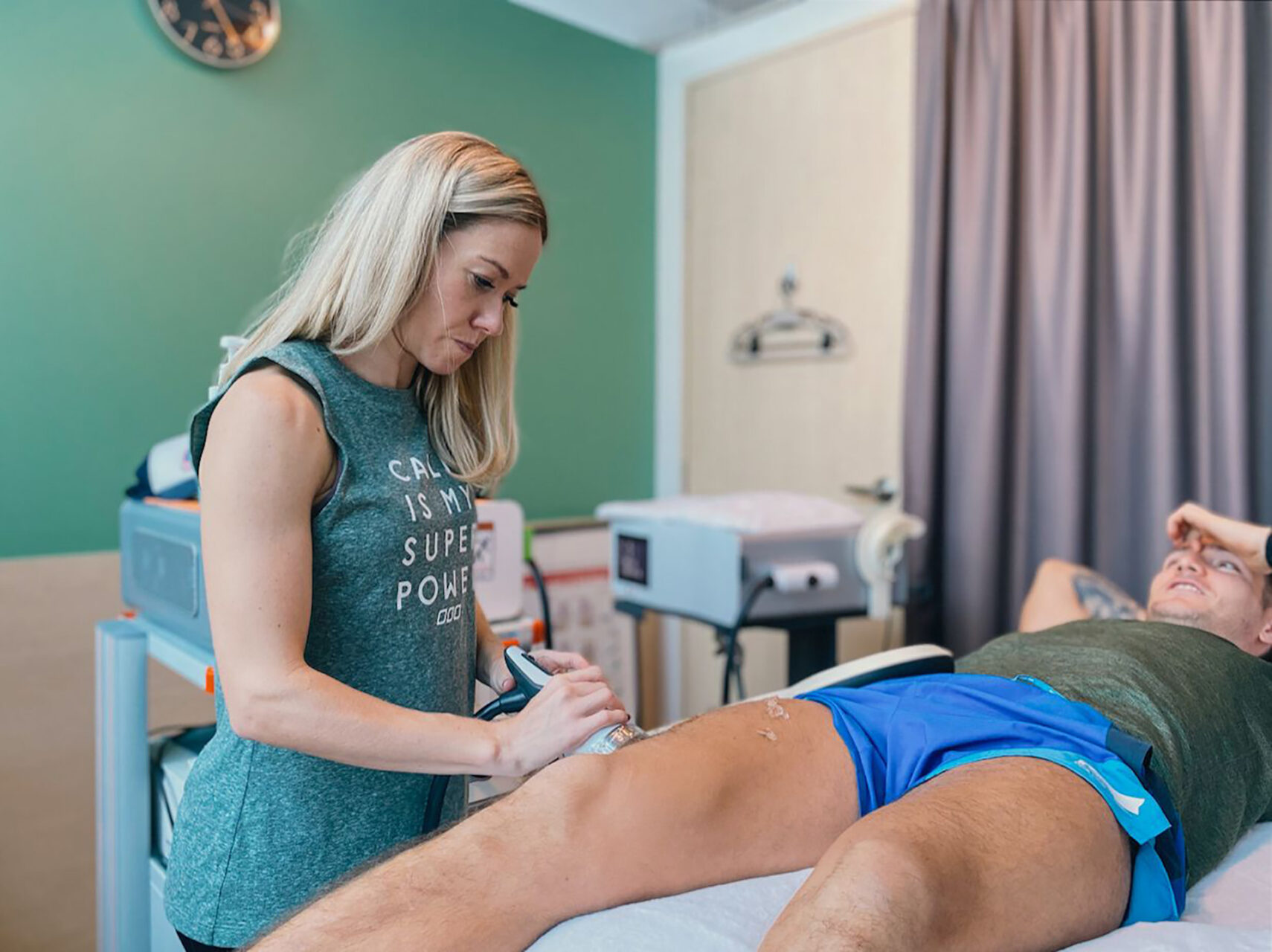
Anatomy and Function of the ACL
The ACL – the anterior cruciate ligament – sits deep within the knee joint, running diagonally between the femur and tibia. It prevents the tibia from sliding too far forward and controls rotational movements of the knee. Working with the posterior cruciate ligament (PCL), medial collateral ligament (MCL) and lateral collateral ligament (LCL), the ACL helps maintain stability during dynamic movement. Due to its limited blood supply, the ACL doesn’t heal easily without guided rehabilitation or surgical intervention.
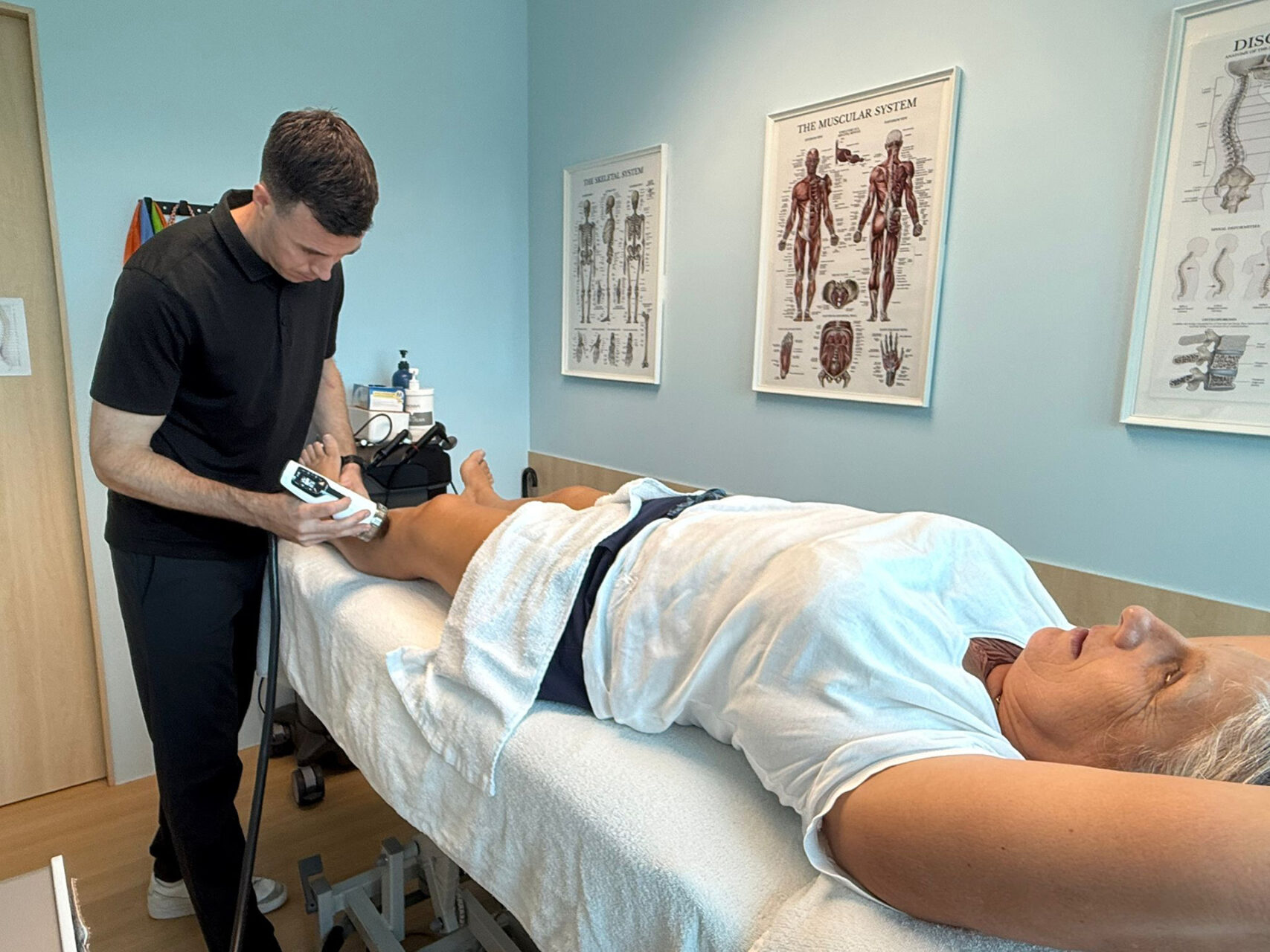
What Causes ACL Injury
The most common causes of ACL injuries involve movements that put excessive stress on the ligament, such as sudden stops, rapid pivots, awkward landings from jumps, direct trauma, or blows to the knee. While contact sports like football can cause ACL tears through collisions, most ACL injuries occur during non-contact situations, such as high-speed directional changes in sports like soccer, basketball and skiing. Poor landing mechanics, muscle imbalances and fatigue also increase the risk of an ACL injury.
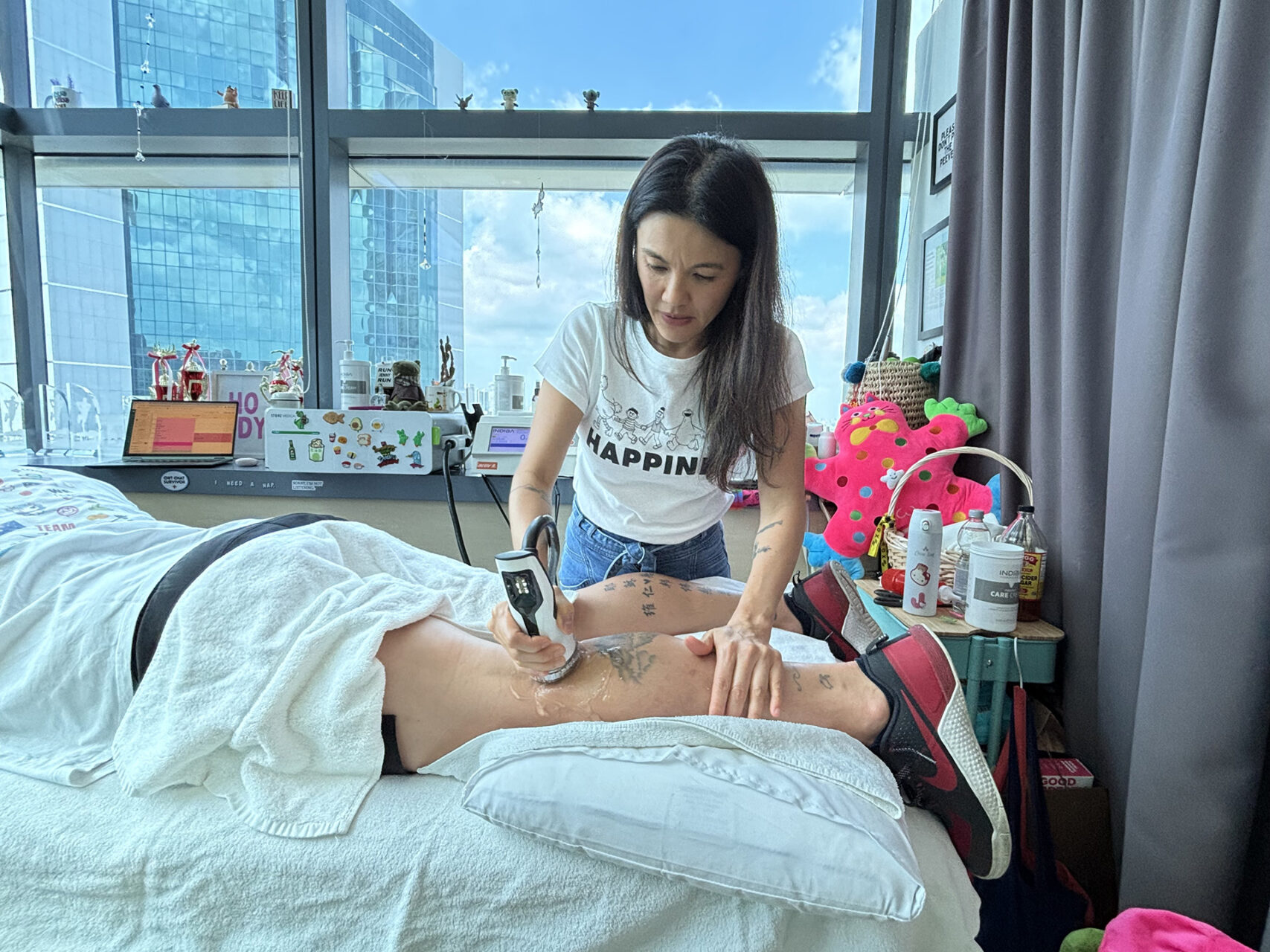
Risk Factors
Several factors increase the risk of ACL injury. Female athletes are at higher risk due to anatomical differences, hormonal influences and landing techniques. Poor conditioning, not warming up properly, weak hamstrings and hip stabilizers, prior knee injuries and certain genetic structural differences in knee alignment can also increase the risk.
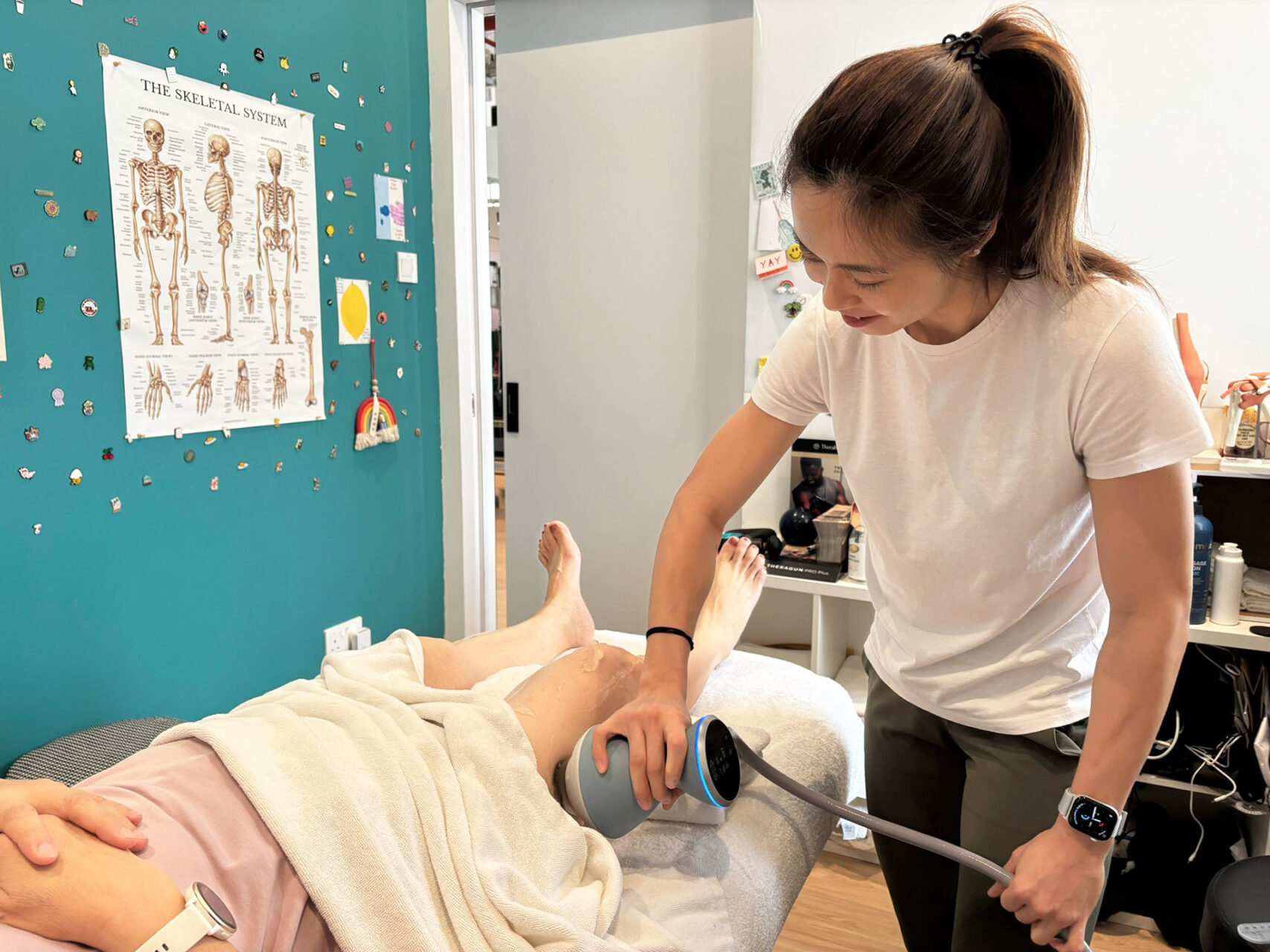
ACL Injuries in Sports
These injuries are common in high-intensity sports like football, basketball, soccer, and skiing, where quick stops, pivots, and sharp directional changes put heavy stress on the ligaments. Prevention programs that build strength, flexibility and coordination, guided by physical therapists, can reduce the risk. Warming up properly, along with proper technique and protective gear, can also help. Recovery can take 6-9 months and physiotherapy is crucial for restoring stability, strength and full function.
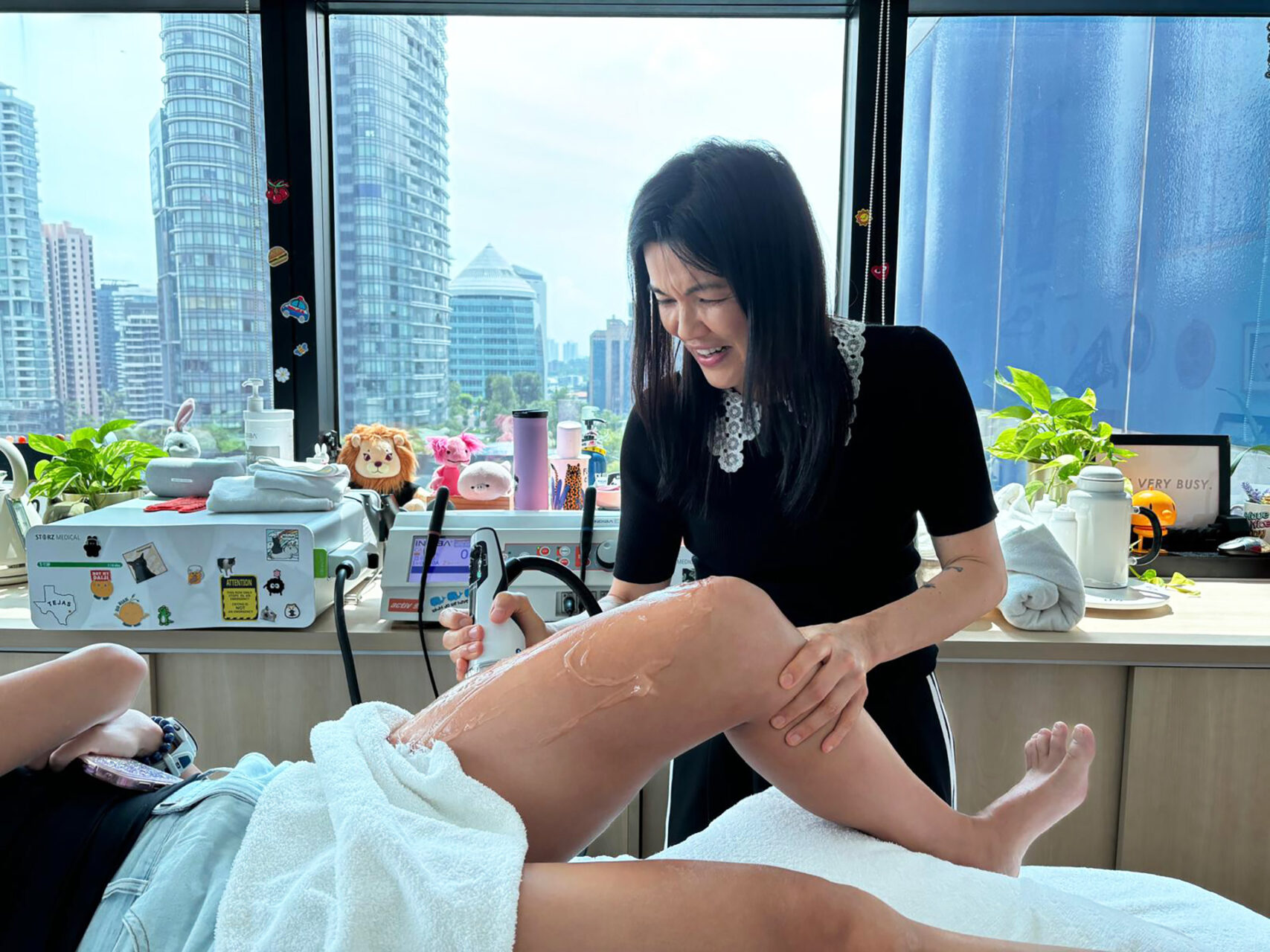
Types of ACL Tears
ACL tears are classified as partial, complete or avulsion fractures. Partial tears damage a portion of the ligament, causing pain and reduced function, but retaining some stability. Complete tears rupture the ligament entirely, causing significant instability. An avulsion fracture occurs when the ACL pulls a piece of bone away from the tibia or femur, injuring both bone and ligament. Partial tears can be treated with physiotherapy, bracing and activity modification, while complete tears and avulsion fractures often require reconstruction surgery. Early diagnosis through examination and an MRI is crucial for restoring stability and maintaining long-term knee health.
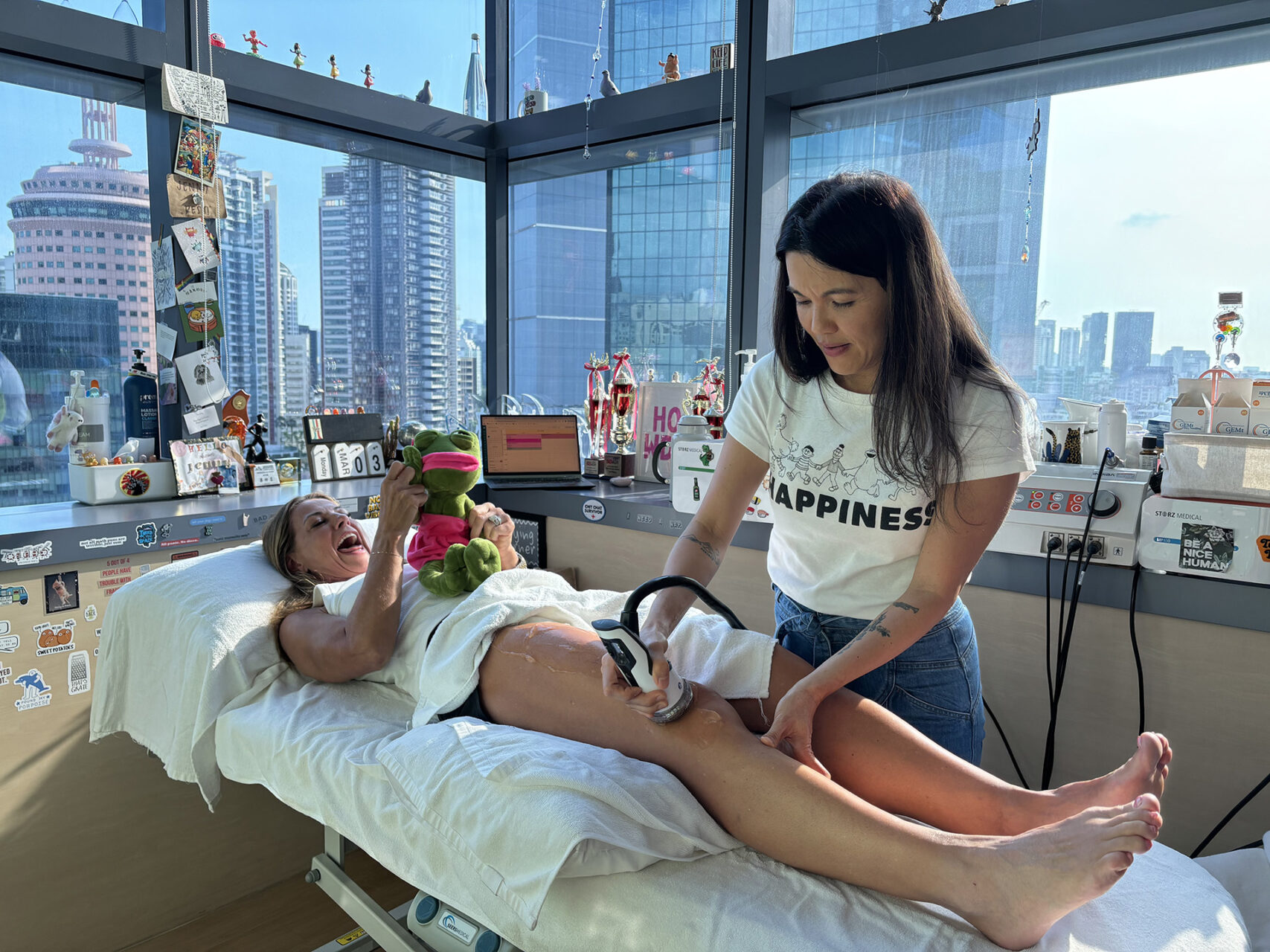
ACL Injury Symptoms
ACL injury symptoms often include a “popping” sound at the moment of injury, rapid swelling, pain, knee instability and difficulty bearing weight. Intense pain and rapid swelling usually follow within hours. Many patients report the knee “giving way” or feeling unstable, especially when walking or bearing weight. A reduced range of motion is common, making it difficult to bend or straighten the knee.
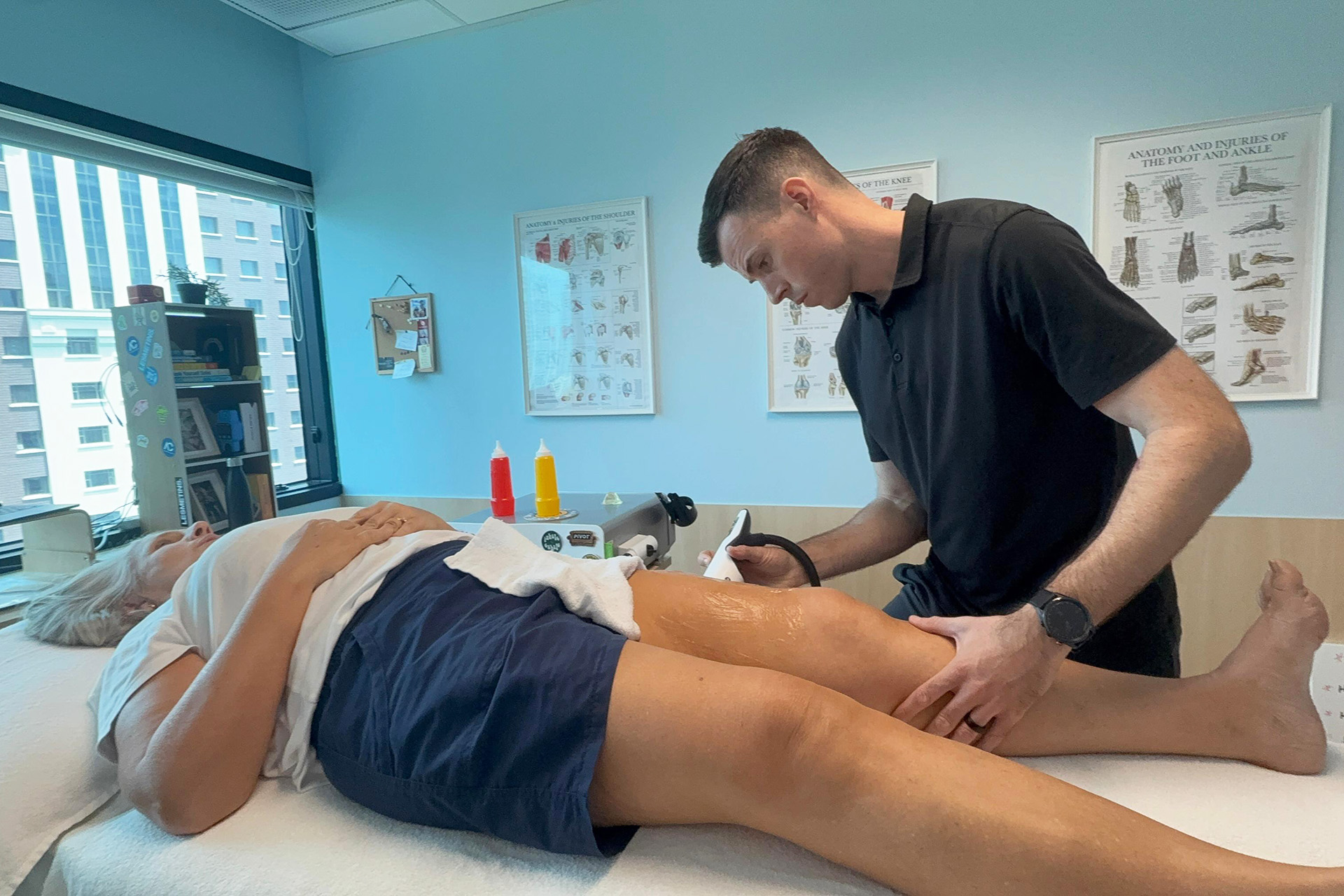
Diagnosis
Diagnosis starts with a physical examination by a physiotherapist or orthopedic specialist. Tests such as the Lachman and pivot shift assess ligament stability. MRI scans confirm whether the ACL is partially or fully torn and detect other injuries such as meniscus or cartilage damage to ensure the most appropriate ACL injury treatment plan.

Treatment for an ACL Injury
ACL injury treatment depends on the severity of the tear, age, activity level and goals. Non-surgical management, suitable for partial tears or those with lower physical demands, focuses on bracing, activity modification and physical therapy. For those with complete tears aiming to return to high-intensity sports, ACL reconstruction surgery is often recommended. Surgery replaces the torn ligament with a graft, usually from the hamstring or patellar tendon, and is performed arthroscopically to minimise recovery time for the patient.
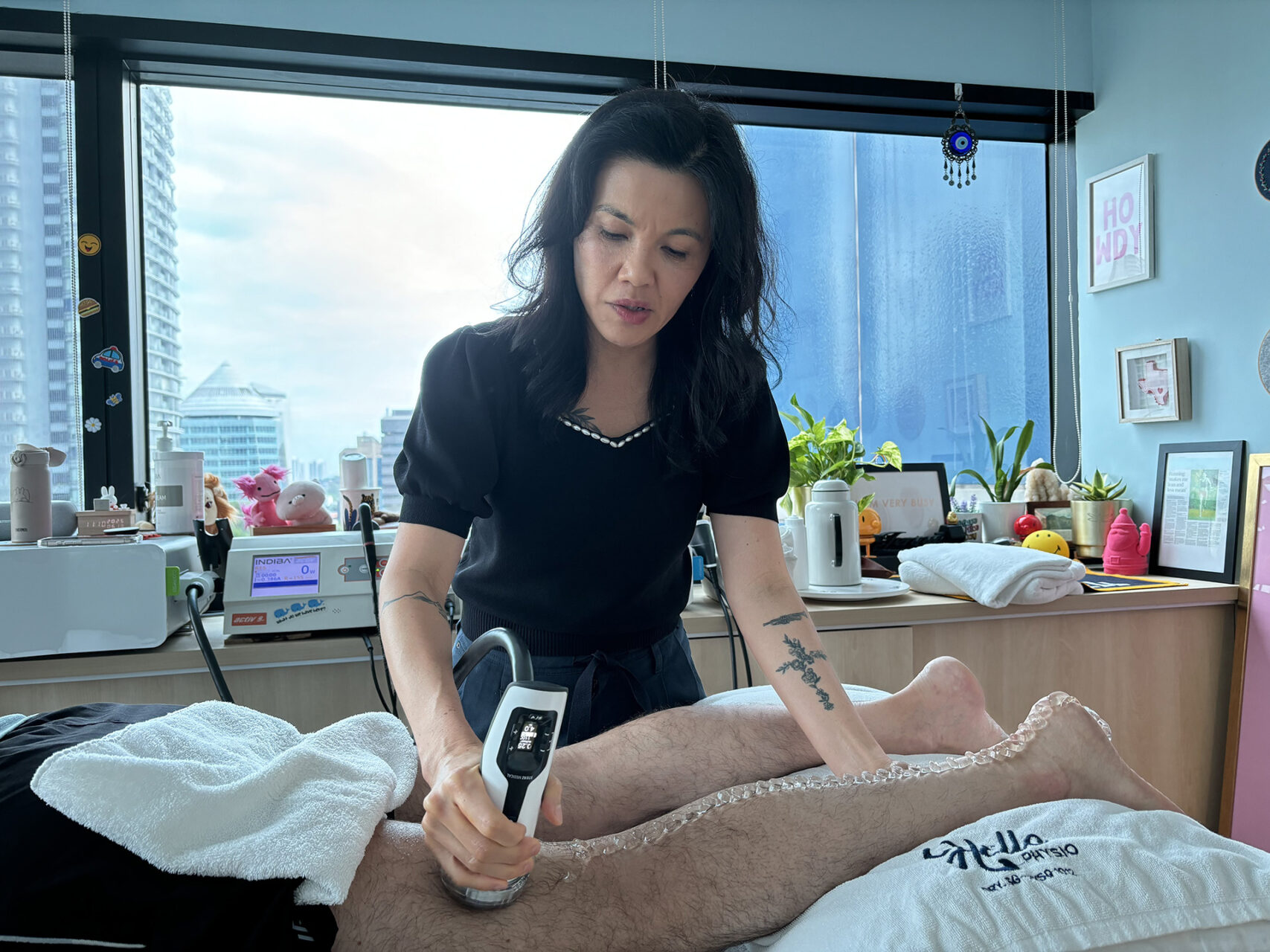
Role of Physiotherapy in ACL Recovery
Physiotherapy is essential in both surgical and non-surgical recovery of an ACL injury. Prehabilitation involves building strength and improving the range of motion before surgery. Post-surgery rehab focuses on reducing swelling, restoring movement and gradually rebuilding strength and proprioception. Adjunct therapies such as INDIBA® Activ improve circulation and accelerate repair, while Shockwave Therapy stimulates healing when progress stalls. As recovery advances, gait retraining, balance work, and progressive loading prepare the knee for sport-specific demands.

ACL Injury Recovery Time
ACL injury recovery time typically takes 6-12 months following surgery, and before returning to competitive sports. However, early milestones, such as walking without crutches, can be achieved within 4-6 weeks. INDIBA and Shockwave Therapy can help reduce inflammation and promote collagen remodeling and potentially shorten recovery.
Why do ACL injuries take so long to heal? ACL injuries take a long time to heal because the ligament has a poor blood supply, making tissue repair slow. Recovery requires months of progressive rehabilitation to restore strength, stability, and neuromuscular control while preventing re-injury. Consistent rehabilitation, gradual load progression, and correcting muscle imbalances are key to achieving optimal results.
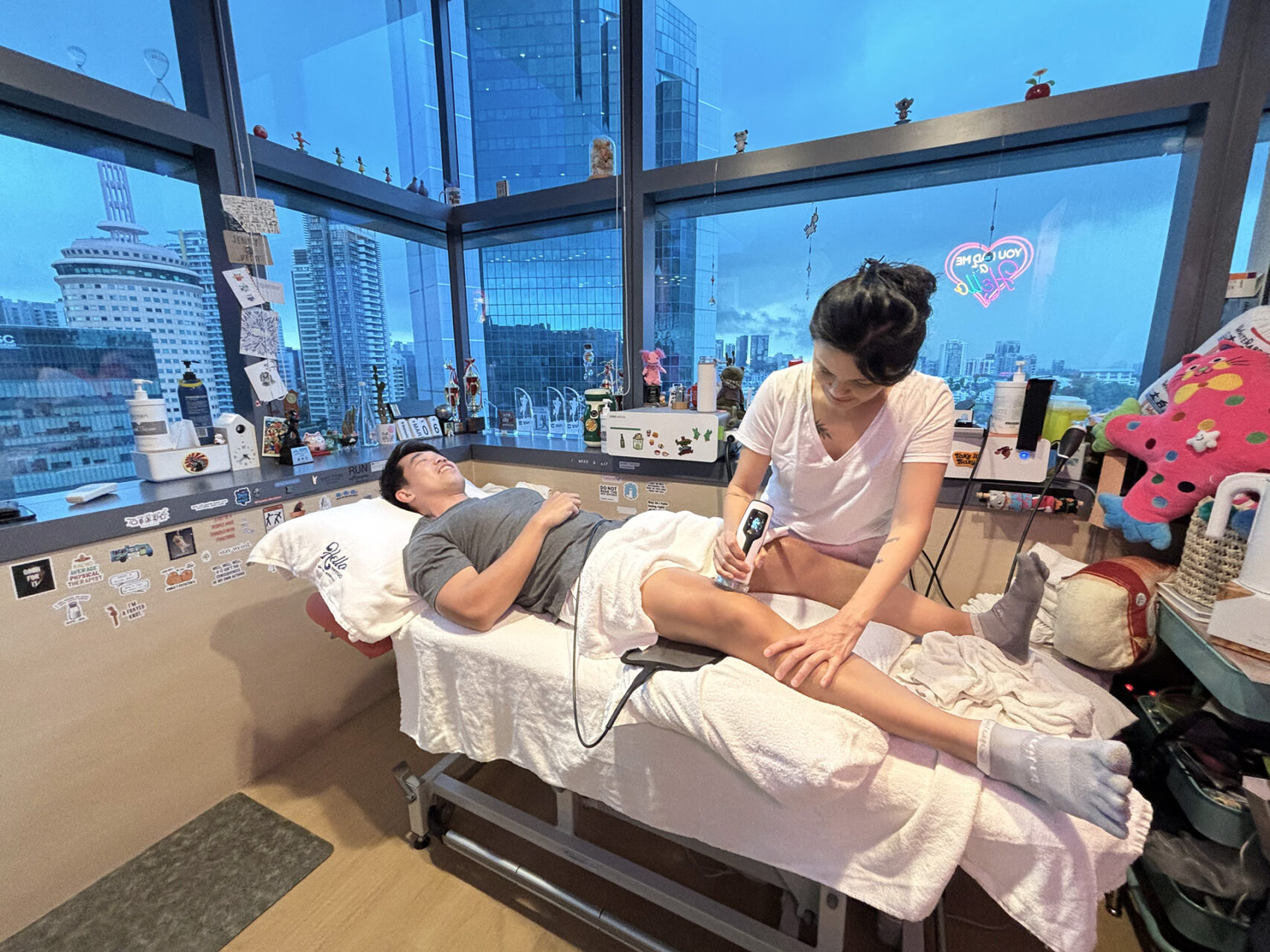
Prevention of ACL Injury
Prevention is a combination of strengthening, flexibility and neuromuscular training. Learning proper landing mechanics and cutting techniques can reduce injury risk by up to 50%. Strengthening the hamstrings, quadriceps, hips and core, wearing appropriate footwear and gradually increasing training loads are also important.
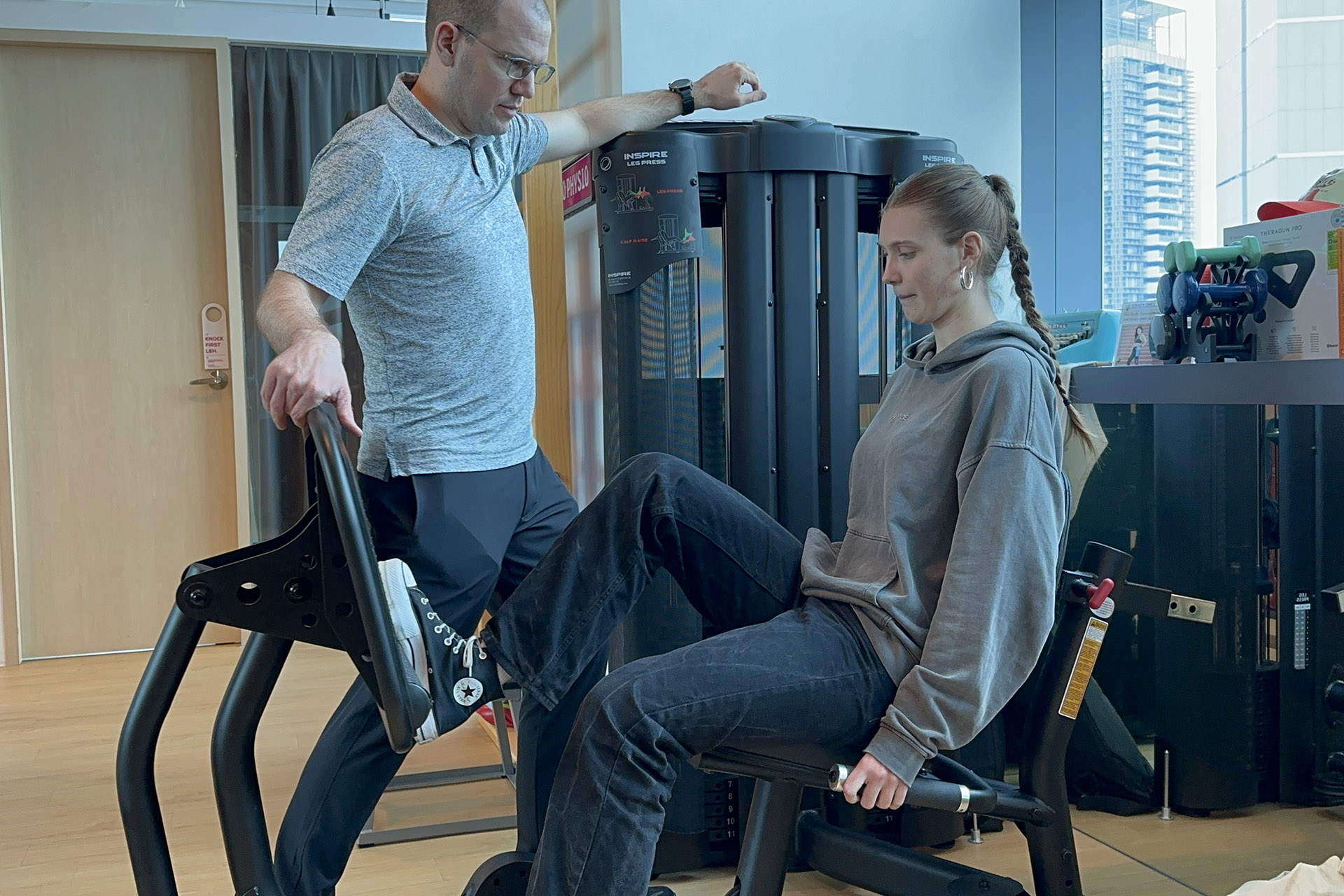
Returning to Sport After an ACL Injury
Returning to sport requires meeting strict benchmarks for strength, flexibility, agility and neuromuscular control. A gradual plan progresses from controlled drills to unrestricted participation. INDIBA and Shockwave Therapy can help manage lingering stiffness and discomfort, ensuring a safe return to performance.

Get Treatment and Start Recovering Today
With proper treatment and rehab, most patients fully recover from an ACL injury, but the ACL is still vulnerable to re-injury. Without proper care, complications such as early-onset osteoarthritis or chronic instability can occur. Maintaining knee strength, flexibility, and balance will preserve joint health for years.
Book a consultation with our team at HelloPhysio today if you are experiencing ACL injury symptoms or have been recently diagnosed with knee pain.

